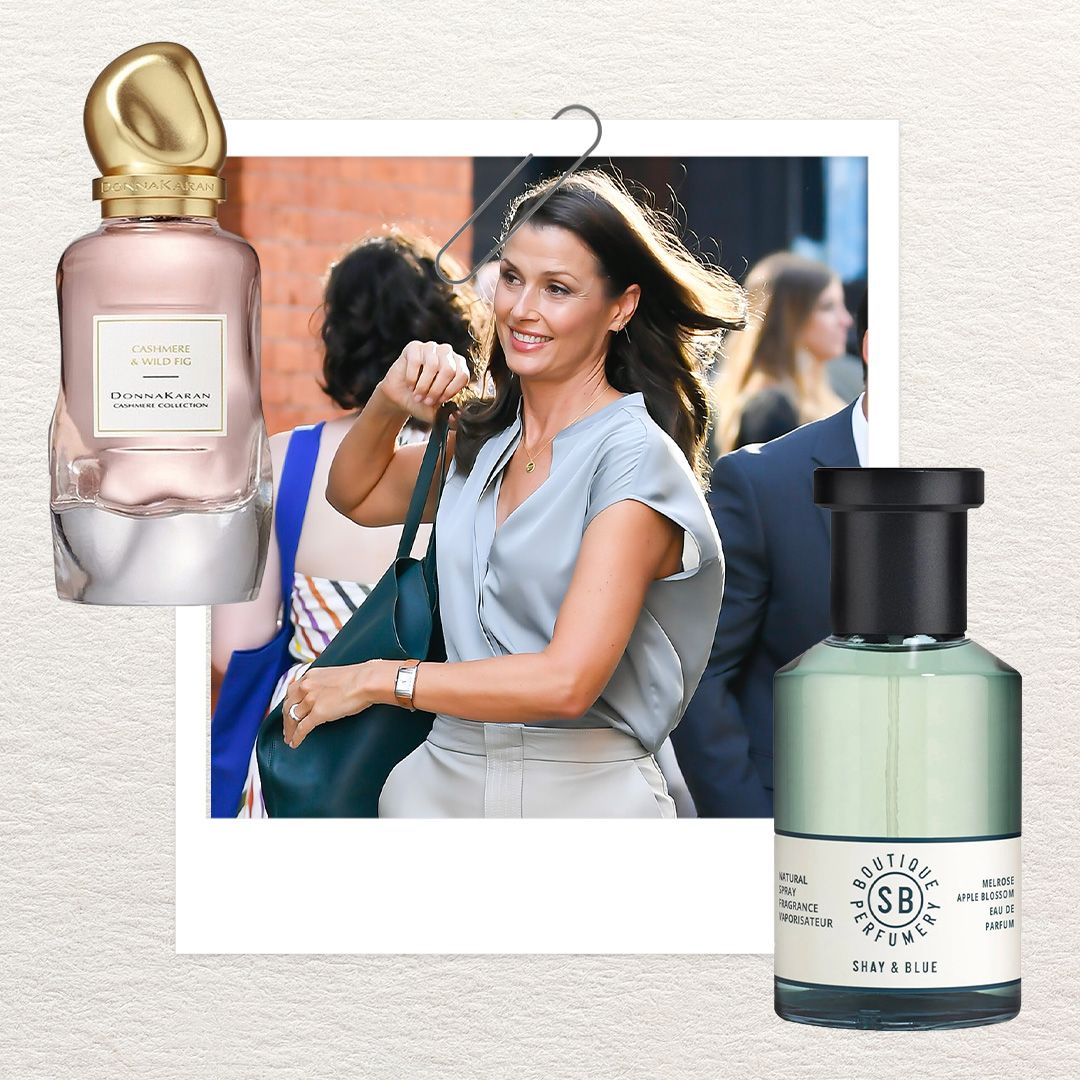I had a very interesting comment
Chris commented on post "MBTI & DYT
"Hi Jane. Love your blog...and this one has me doing a double take. I teach others about MBTI based type and the different personality lenses of type...and I've not (yet) found a correlation between type and seasonal color analysis, including DYT. There are some contradictions in the seasonal descriptions that wouldn't really clearly indicate groups of types aligning into each of the seasons that I've seen (yet)...so I'll keep looking, and as you stated, crossing systems can be a rabbit hole. You might look at the Interaction Styles type lens and/or the Communication Styles type lens - there may be more similarity there. The Four Humors (Sanguine, etc.) and Keirsey's 4 Temperaments (SP, NF, NT, SJ) don't align 100% either...so there's murky water from the start."
So here's a look at the MBTI types by Interaction Style:
Interaction Styles and the 16 Personality Types
|
The theme is having a course of action to follow. People of this style focus on knowing what to do and keeping themselves, the group, or the project on track. They prefer to enter a situation having an idea of what is to happen. They identify a process to accomplish a goal and have a somewhat contained tension as they work to create and monitor a plan. The aim is not the plan itself, but to use it as a guide to move things along toward the goal. Their informed and deliberate decisions are based on analyzing, outlining, conceptualizing or foreseeing what needs to be done.
|
The theme is getting the best result possible. People of this style focus on understanding and working with the process to create a positive outcome. They see value in many contributions and consult outside inputs to make an informed decision. They aim to integrate various information sources and accommodate differing points of view. They approach others with a quiet, calm style that may not show their strong convictions. Producing, sustaining, defining, and clarifying are all ways they support a group's process. They typically have more patience than most with the time it takes to gain support through consensus for a project or to refine the result.
|
|
The theme is getting things accomplished through people. People of this style are focused on results, often taking action quickly. They often have a driving energy with an intention to lead a group to the goal. They make decisions quickly to keep themselves and others on task, on target, and on time. They hate wasting time and having to back track. Mentoring, executing actions, supervising, and mobilizing resources are all ways they get things accomplished. They notice right away what is not working in a situation and become painfully aware of what needs to be fixed, healed, or corrected.
|
The theme is persuading and involving others. They thrive in facilitator or catalyst roles and aim to inspire others to move to action, facilitating the process. Their focus is on interaction, often with an expressive style. They Get-Things-Going™ with upbeat energy, enthusiasm, or excitement, which can be contagious. Exploring options and possibilities, making preparations, discovering new ideas, and sharing insights are all ways they get people moving along. They want decisions to be participative and enthusiastic, with everyone involved and engaged.
|
|

Let's see if that fits any other correlations from my rabbit hole summary. (nope)
My correlations of Interaction Style (above)
Get-things-Going: T1 I ENFP, ESFJ, ENTP, ESFP
Behind-the-Scenes: T2 S INFP, INTP, ISFJ, ISFP
In-Charge: T3 D ENFJ, ENTJ, ESTJ, ESTP
Chart-the-Course: T4 C INFJ, INTJ, ISTJ, ISTP
It almost fits this one:
T1 I ESFP, ENFJ, ESFJ, ENFP
T2 S ISFP, INFJ, INFP, ISTP
T3 D ESTP, ENTJ, ESTJ, ENTP
T4 C INTP, ISFJ, INTJ, ISTJ
Cognitive Function (below) almost fits Interaction Styles (earlier)
T1 ExxP (ESFJ T3 instead?)
T2 IxxP (ISFJ T4 instead?)
T3 ExxJ (ESTP T1 instead?)
T4 IxxJ (ISTP T2 instead?)
hire me: I do CMAS and Color Profiles virtual analysis
... but hey, don't listen to me, EXPRESS YOUR TRUTH!
Jane
check out all my spinoff blogs in column to the left, view web version first











































.png)






2 Comments